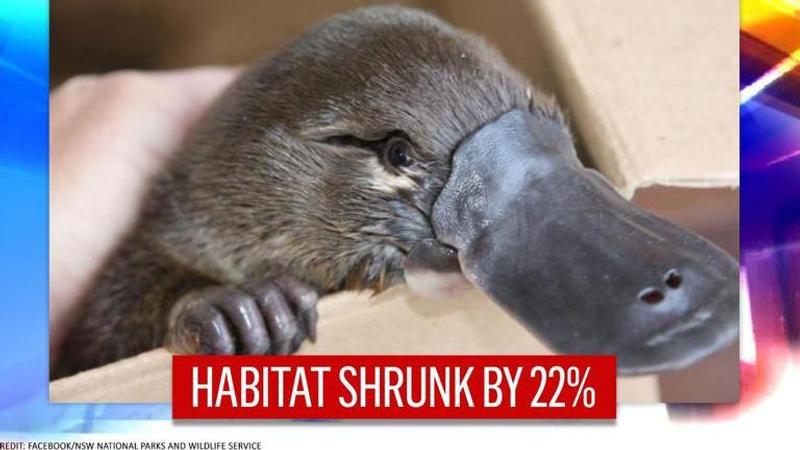Published 06:42 IST, November 23rd 2020
Australia's platypus habitat declines by 22 percent over 30 years: Study
The number of platypus habitats in Australia has dwindled by 22% over the last 30 years, and the animal will now be listed as a nationally threatened species.

According to new research, the number of platypus habitats in Australia has dwindled by 22 percent over the last 30 years and the animal will now be listed as a nationally 'threatened species'. The platypus is an elusive animal and a lack of long-term monitoring studies has made it difficult to quantify deterioration in populations, the researchers said.
According to a The Guardian report, the researchers from the University of New South Wales, along with three of Australia’s largest environmental organisations: the Australian Conservation Foundation, Humane Society International Australia, and WWF-Australia have collectively nominated the platypus for an official listing as vulnerable under national environmental laws. The group has further nominated the animal for the same status under New South Wales (NSW) laws after a study found severe drops in platypus records in that state.
Sharpest declines in NSW and Queensland
Further, the scientists have gathered all available data and records of the platypus to examine changes in both its distribution and occurrence and concluded that it meets the criteria for a vulnerable listing under the Environment Protection and Biodiversity Conservation Act (EPBC).
The research further revealed that since 1990, the amount of platypus habitat in Australia had declined by 199,919 square kilometres or 22.6 percent. The sharpest declines were in NSW and Queensland, which respectively recorded a 32 percent and a 27 percent decrease in the areas occupied by platypuses.
Multiple threats
The biggest threats to the platypus are land-clearing, regulation of rivers and drought, the researchers said. According to Tahneal Hawke an ecologist at the UNSW and one of the lead researchers said that due to listing the species as vulnerable, governments needed to address these threats and invest in actions for species recovery.
The study also found a 30.6 percent decline in platypus records over the past 30 years in the Murray-Darling Basin and in some urban catchments near Melbourne, the declines were as high as 65 percent. Meanwhile, in Victoria, the state’s scientific advisory panel recently recommended an official listing of vulnerable for the platypus and the state government will decide within the next two months whether to endorse that listing.
As per reports, when a species is nominated for a national listing, it is up to the threatened species scientific committee and the government to decide whether it should be assessed.
Updated 06:42 IST, November 23rd 2020



